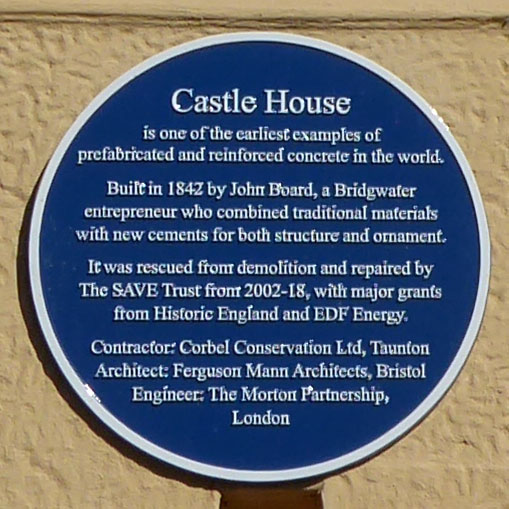The Bridgwater and District Civic Society has affixed numerous blue plaques to various buildings in Bridgwater and in the surrounding villages. The aim of this ongoing project is to enhance the knowledge of the town’s history and its built heritage. The project was initially funded by the Heritage Lottery Fund. The plaques have been individually crafted by Leander Architectural.
Foreword
In the early years of this 21st century, the Bridgwater & District Society, in its review of the unique heritage of its Area of Benefit, decided to embark on a programme of marking buildings, of either architectural quality or with interesting history, by introducing the District’s first series of Blue Plaques.
These plaques are principally located around the town centre of Bridgwater itself, although a currently very limited number have been installed within nearby villages. The plaques have undoubtedly enhanced the townsfolk’s awareness of the value of its heritage and historical past, and have proved to be attractive to visitors exploring the local environs.
Credit and thanks for execution of the programme must be given to Dr. Peter Cattermole, who compiled a list of suitable locations for chosen plaques, agreed and arranged the recorded script on each, ordered the items from the chosen supplier and actually also personally affixed them to the appropriate buildings.
H. A. Derek Gibson. MBE. Dip.Arch President, Bridgwater & District Civic Society 2013
A note concerning plaque design:
- Circular and rectangular Plaques commemorate the building to which they are attached or which stood nearby
- Oval Plaques commemorate an individual associated with the building or area to which they are attached
Medieval

Blake Street
and the founding of Bridgwater
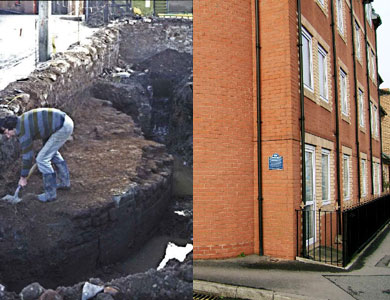
Chandos Street
and the moat burials
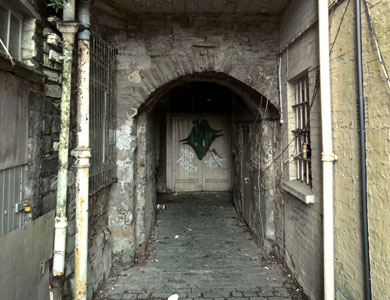
West Quay
surviving part of Bridgwater Castle
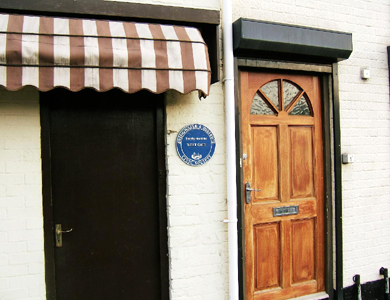
Penel Orlieu
town gate
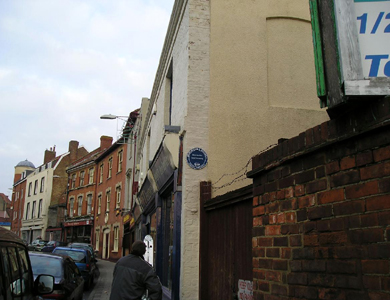
St Mary Street
town gate
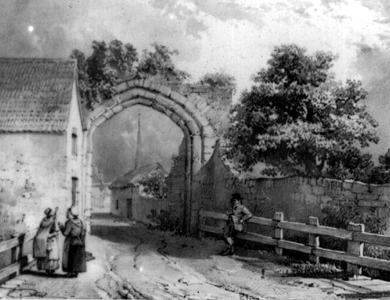
Angel Crescent
town gate
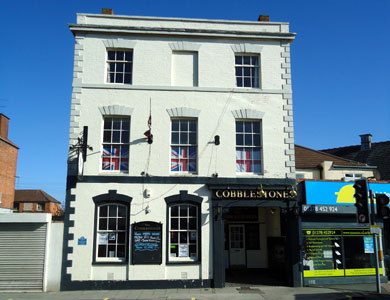
Eastover
town gate and medieval hospital
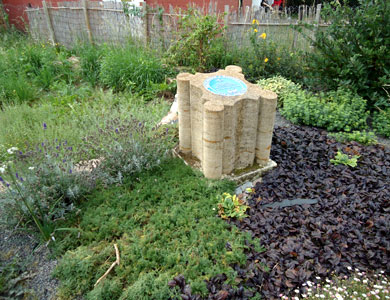
Friarn Lawn
Franciscan Church and Convent
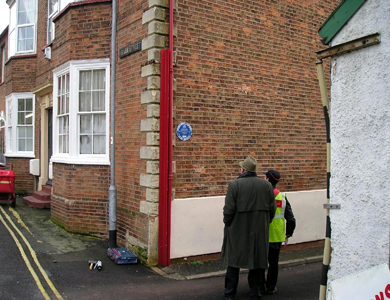
off Friarn Street
oldest named street in Bridgwater with Friary boundary
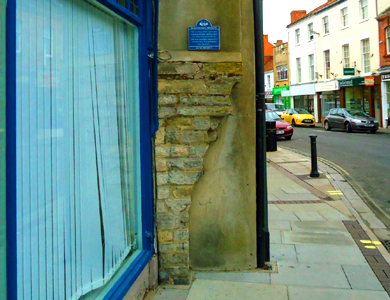
High Street
medieval house construction
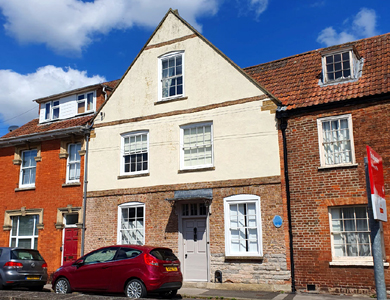
Multi-period
a prosperous medieval house remodelled over the centuries
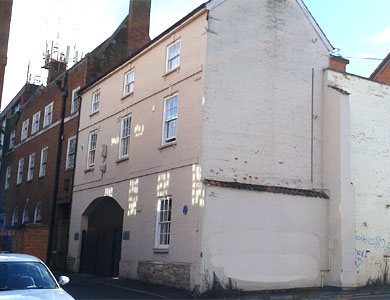
St Mary Street and George Street
medieval and early modern inn
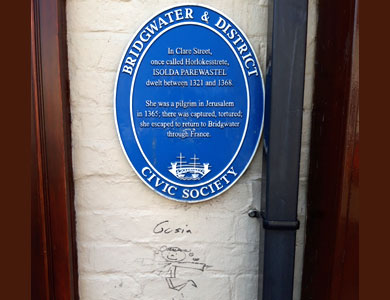
Clare Street
notable medieval woman
Early Modern
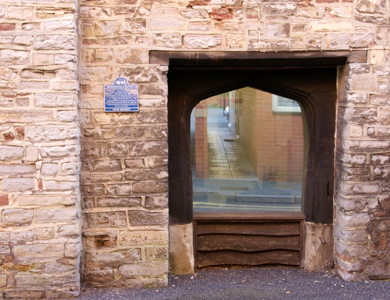
a Tudor house with gothic door
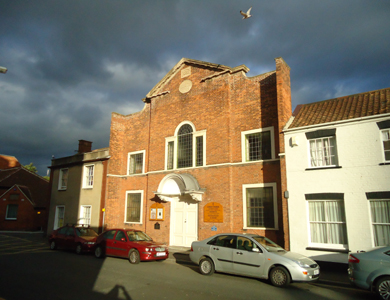
Dampiet Steet
first non-conformist chapel, 1688
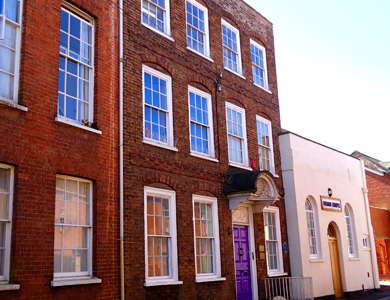
fine early town house, circa 1700
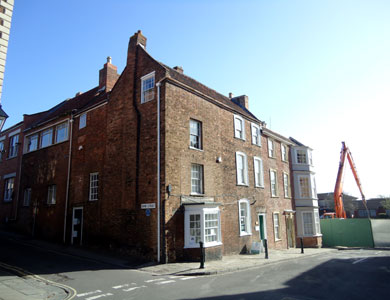
Georgian warehousing
1720s
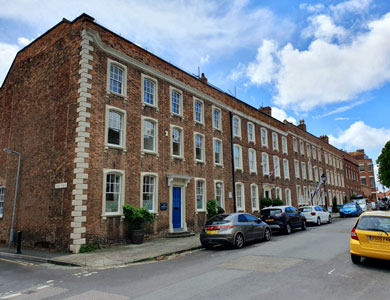
refined Georgian Street, 1720s and Britain’s first Arts Centre
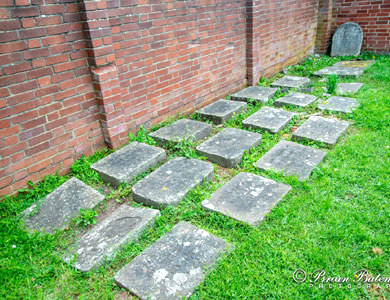
1741-1917
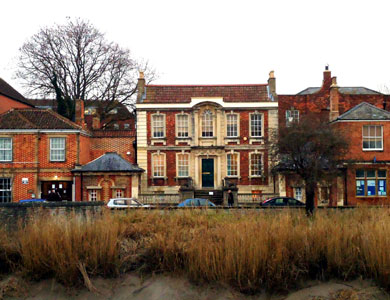
West Quay
Bridgwater’s finest house, 1725
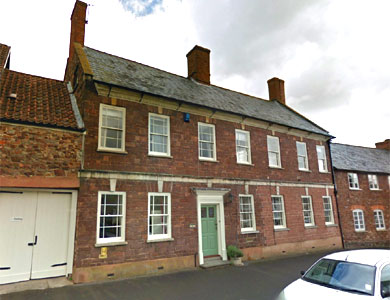
Nether Stowey
friend of Coleridge 1766-1837
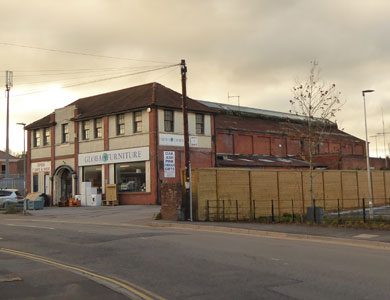
Mount Street
company founded 1797
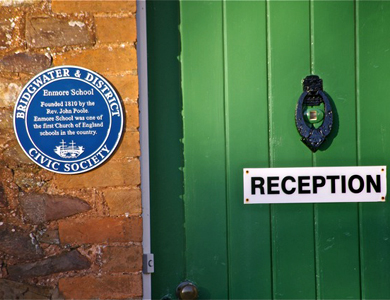
Enmore
first free Church of England School, 1810
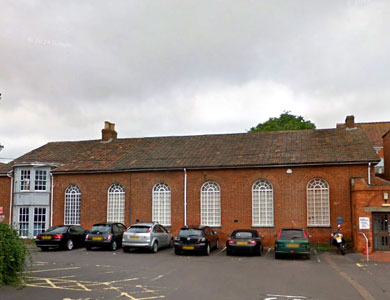
Mount Street
Bridgwater’s first purpose built school, 1816
Modern
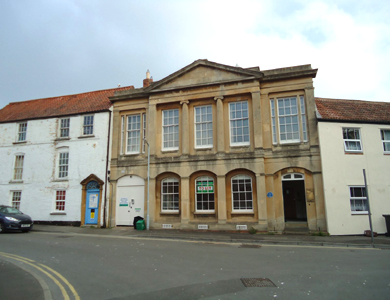
Queen Street
1824
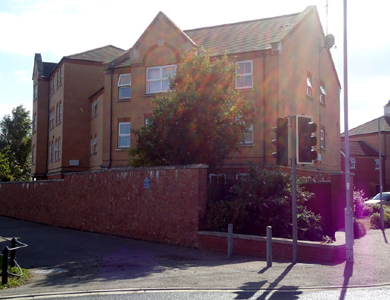
the Docks
1871
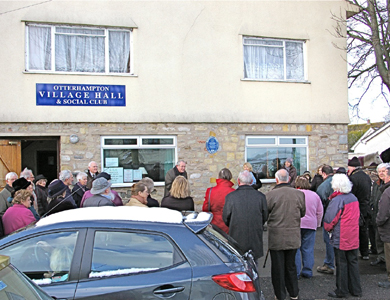
Otterhamton Village Hall
1930-2007
Non Civic Society Plaques
The Masonic Hall, King Square
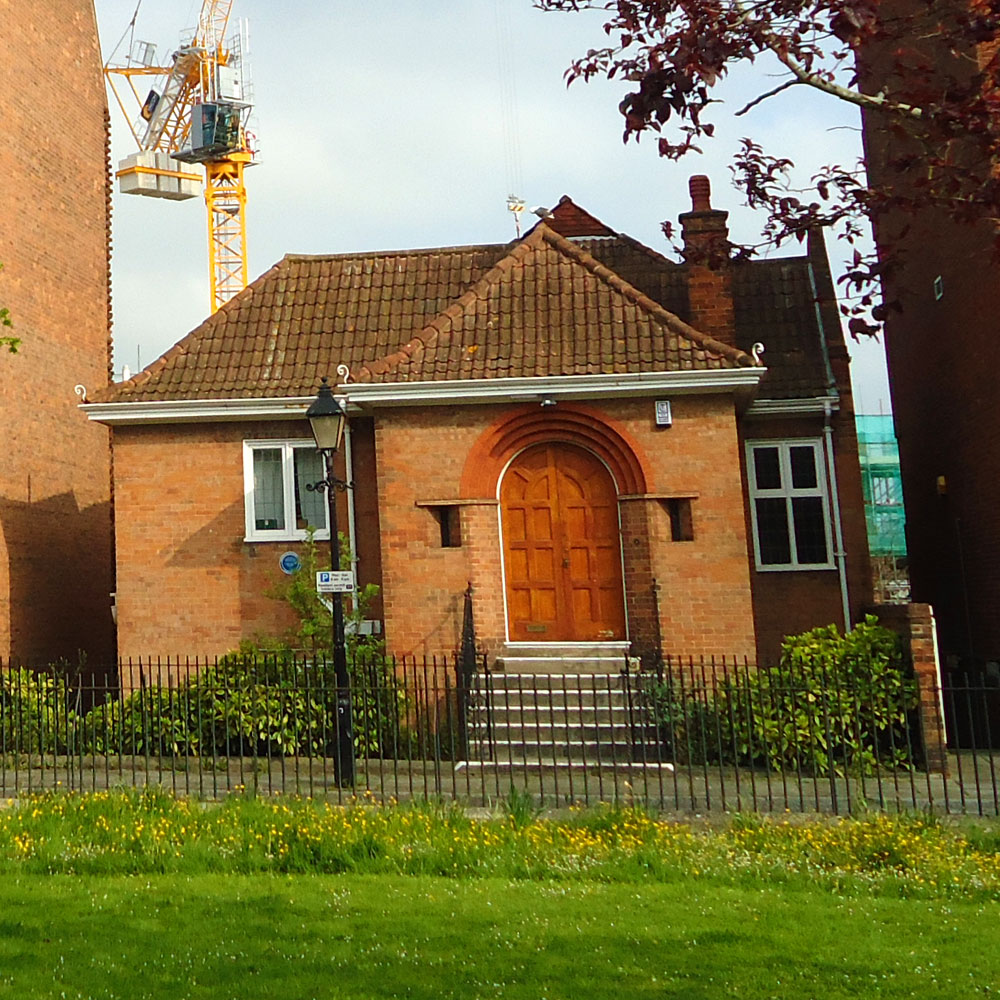
Plaque (below the left window) reads:
BRIDGWATER MASONIC HALL
The Lodge of Perpetual Friendship, founded 1757, erected this Masonic Hall in 1912. This plaque celebrates the Hall Centenary, July 11th 2012.
AUDE VIDE TACE.
Castle House (‘the Concrete Castle’), Queen Street

